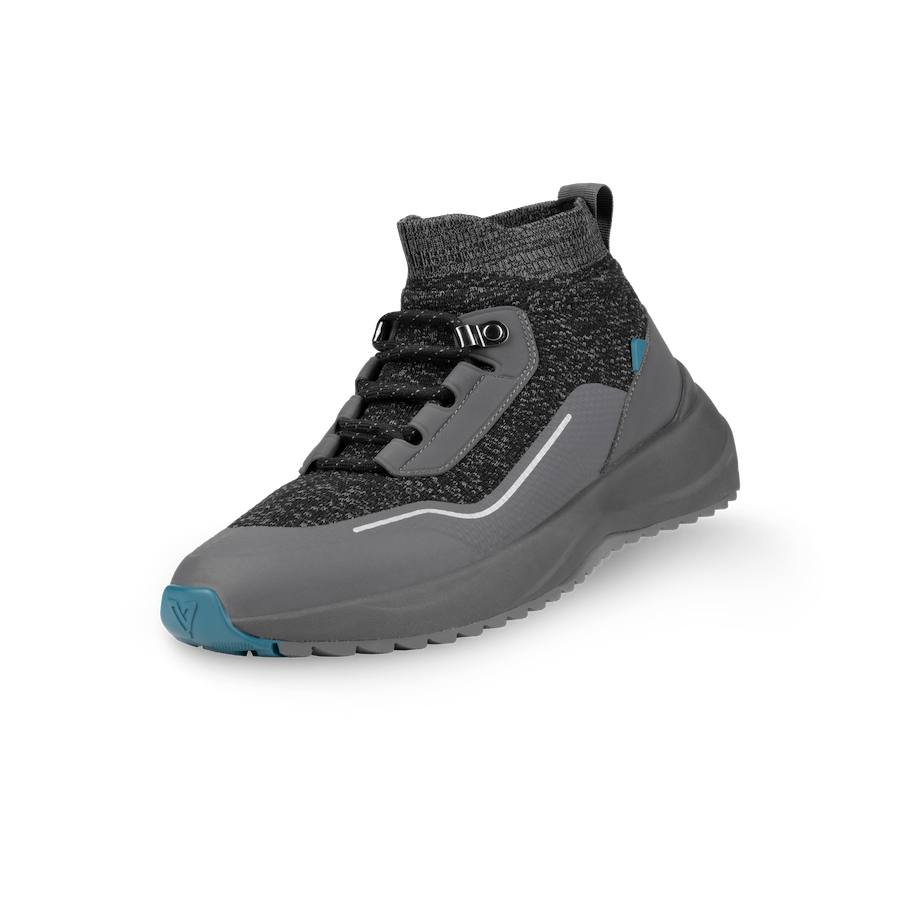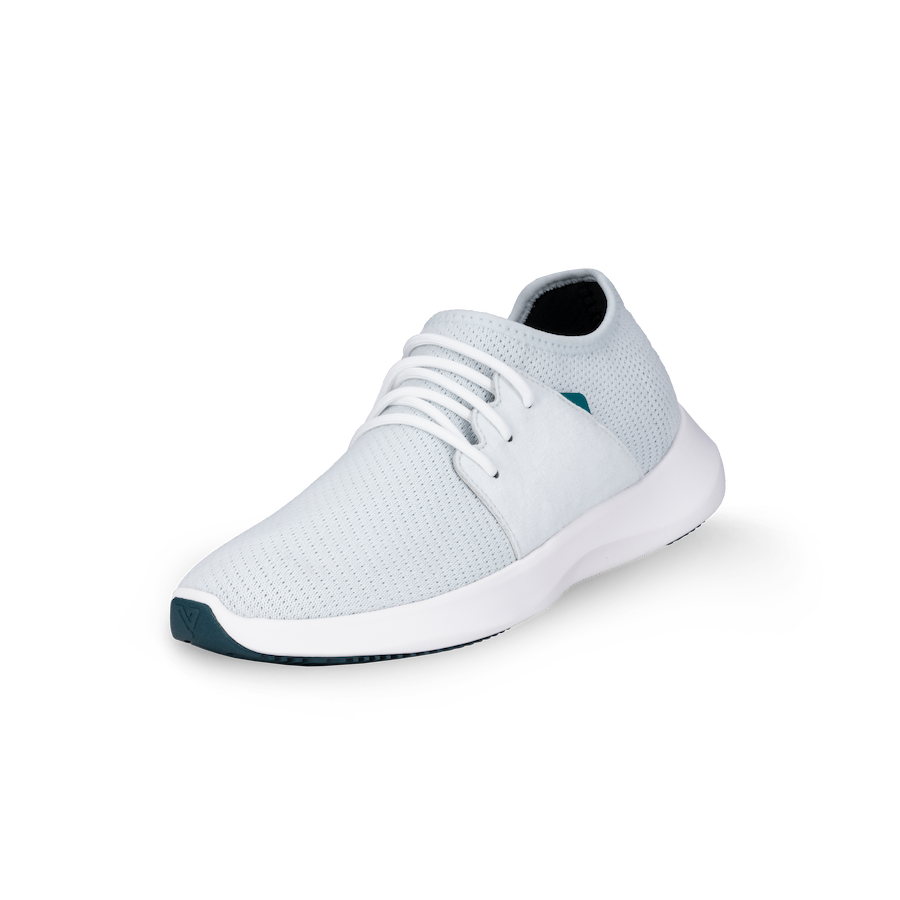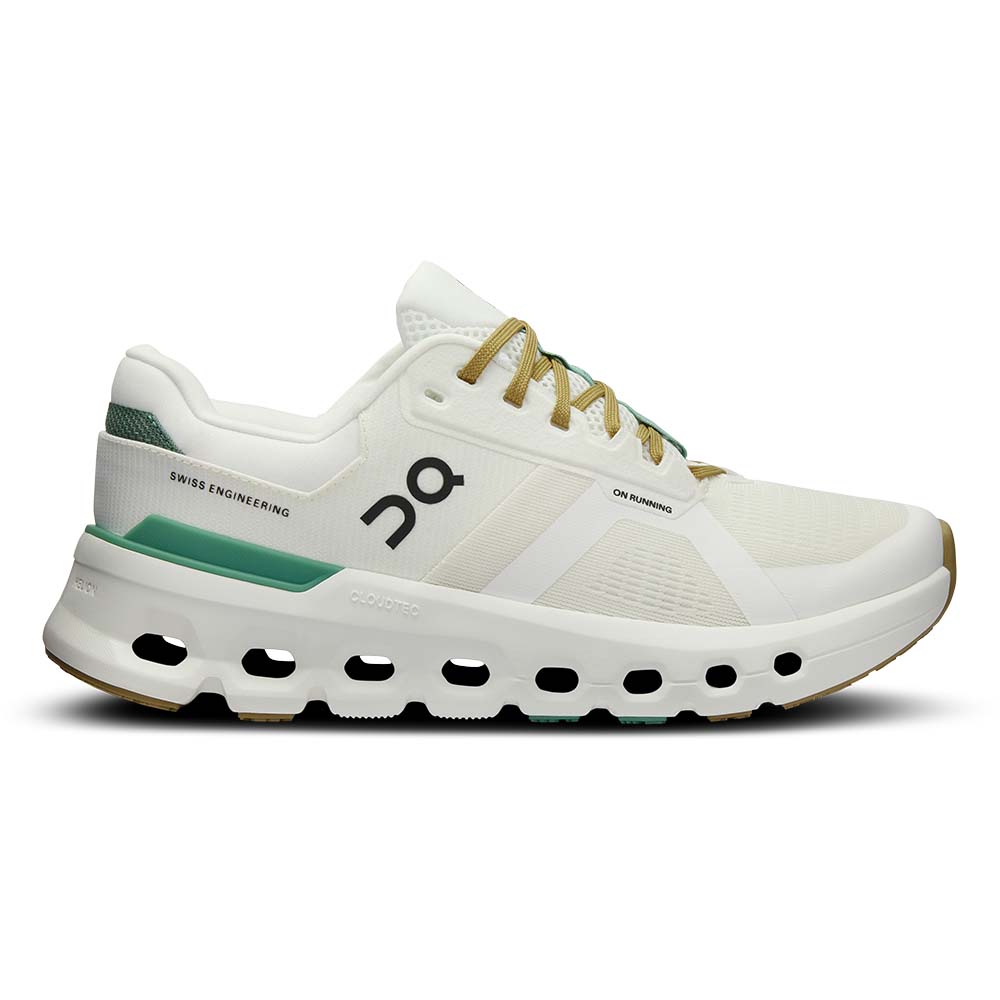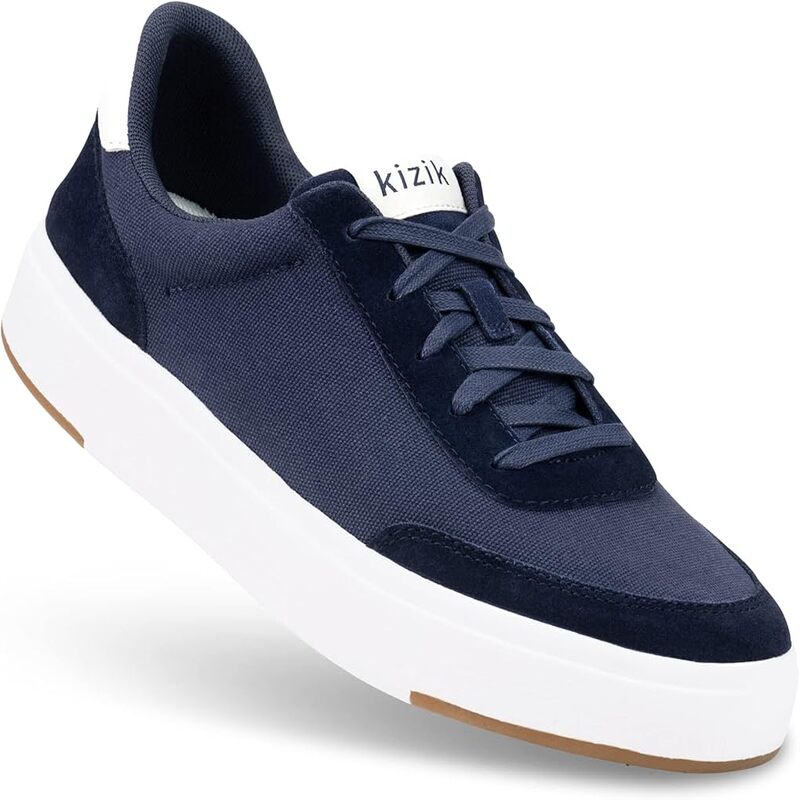Choosing the right size for your running shoes is crucial for comfort, performance, and preventing injuries. Incorrectly sized shoes can lead to blisters, calluses, and long-term issues such as plantar fasciitis and knee pain. Therefore, understanding how to properly size running shoes ensures a better running experience. This comprehensive guide explores various aspects of finding the right shoe size, including measurement techniques, fitting tips, and common mistakes to avoid. By following these insights, you can confidently choose running shoes that provide optimal support and comfort.
Importance of Correct Running Shoe Size
The importance of wearing the correct size in running shoes cannot be overstated. Therefore, exploring the significance of proper sizing highlights its impact on overall running experience.
Preventing Injuries
Wearing the correct size running shoes helps prevent a range of injuries commonly associated with running. Shoes that are too tight can squeeze your toes, leading to blisters, nail damage, and hindrance of natural foot movement. Conversely, shoes that are too loose can cause your feet to slide, increasing the risk of blisters and a lack of proper support. Correctly sized shoes offer the necessary cushioning and stability, reducing strain on muscles and joints. Therefore, recognizing the importance of correct sizing underscores its role in injury prevention.
Enhancing Performance
Properly sized running shoes enhance your performance by providing the necessary support and comfort for efficient movement. When your shoes fit well, they allow for better natural foot mechanics, improving your stride and ensuring efficient energy transfer. Additionally, well-fitted shoes boost your confidence, enabling you to focus on your run rather than discomfort or pain. Therefore, understanding the impact of correct sizing highlights its significance in optimizing running performance.

Measuring Your Feet for Running Shoes
Properly measuring your feet is the first step in finding the right running shoe size. Therefore, exploring measurement techniques helps ensure accurate sizing.
Foot Length Measurement
Measuring the length of your foot is essential for determining the correct shoe size. To measure your foot length, place a piece of paper against a wall and stand on it with your heel touching the wall. Mark the end of your longest toe on the paper. Measure the distance from the heel to the marked point using a ruler. Repeat the process for both feet, as one foot may be slightly larger than the other. Use the larger measurement as your guide for sizing. Therefore, recognizing the importance of foot length measurement ensures you select a shoe size that accommodates your foot length accurately.
Foot Width Measurement
In addition to length, measuring the width of your foot is crucial for finding a comfortable fit. To measure the width, use a soft measuring tape to wrap around the widest part of your foot, usually the ball of the foot. Take the measurement for both feet and use the broader width to guide your selection. Running shoes often come in various widths, such as narrow (N), medium (M), and wide (W), to accommodate different foot shapes. Therefore, understanding the significance of foot width measurement emphasizes its role in achieving an overall comfortable fit.
Tips for Finding the Right Running Shoe Fit
Finding the right running shoe fit involves more than just measuring your feet. Therefore, exploring fitting tips ensures a comprehensive approach to selecting the perfect size.
Trying Shoes Later in the Day
Your feet tend to swell throughout the day due to various activities and fluid retention. Trying on running shoes later in the day, when your feet are at their largest, helps ensure a better fit. This practice accounts for the natural expansion of your feet during a run, preventing discomfort caused by tight shoes. Therefore, recognizing the importance of timing when trying on shoes highlights its impact on achieving an accurate fit.
Wearing Running Socks
When trying on running shoes, wear the same type of socks you plan to use during your runs. Running socks typically offer additional padding and support, affecting the fit of your shoes. Wearing the appropriate socks ensures that the shoes accommodate both your feet and the added bulk of the socks, providing a more accurate fit. Additionally, wearing running socks helps you assess the comfort and support of the shoes more realistically. Therefore, understanding the significance of wearing running socks underscores their role in finding the right fit.

Common Mistakes to Avoid
Avoiding common mistakes helps ensure you select the correct size and fit for your running shoes. Therefore, exploring these pitfalls highlights areas to be cautious of during the fitting process.
Ignoring Toe Room
One common mistake is ignoring the importance of having adequate toe room. Runners need a thumb’s width of space between the end of the longest toe and the shoe’s front. This space prevents your toes from hitting the front of the shoe during runs, reducing the risk of blisters and nail damage. Proper toe room also allows for natural toe splay, enhancing stability and comfort. Ignoring toe room can lead to discomfort and injuries. Therefore, recognizing the importance of adequate toe room underscores its role in achieving a proper fit.
Focusing Solely on Shoe Size
Another mistake is focusing solely on the shoe size printed on the box. Shoe sizes can vary significantly between brands and even different models within the same brand. Instead of relying solely on the size number, pay attention to how the shoe fits and feels. Consider factors like width, arch support, and overall comfort. Trying on multiple sizes and models helps you find the best fit rather than sticking to a predetermined size. Therefore, understanding the limitations of focusing solely on shoe size highlights the importance of overall fit and comfort.
The Role of Professional Fittings
Professional fittings can provide valuable insights and assistance in finding the right running shoe size. Therefore, exploring the benefits of professional fittings helps you understand their significance in the sizing process.
Expert Analysis
Professional fittings offer expert analysis of your feet and running gait. Trained staff at specialty running stores can assess your foot shape, arch type, and gait pattern to recommend the best shoe options. They use tools like gait analysis machines and pressure sensors to gain detailed insights into your foot biomechanics. This analysis helps identify specific needs, such as stability features for overpronation or extra cushioning for high arches. Therefore, recognizing the advantages of expert analysis underscores the value of professional fittings.
Personalized Recommendations
In addition to expert analysis, professional fittings provide personalized recommendations tailored to your unique needs. Based on the assessment, staff can suggest specific shoe models and sizes that offer the best fit and support. They can also provide advice on lacing techniques and insole options to further enhance comfort and performance. Personalized recommendations help you feel confident in your shoe choice, knowing it’s based on expert knowledge and tailored insights. Therefore, understanding the benefits of personalized recommendations highlights the comprehensive support offered by professional fittings.
Monitoring Fit Over Time
Monitoring the fit of your running shoes over time is crucial for maintaining comfort and performance. Therefore, exploring how to keep an eye on fit helps ensure long-term satisfaction with your shoes.
Signs of Wear and Tear
Regularly inspecting your running shoes for signs of wear and tear helps you identify when it’s time for a replacement. Look for signs such as worn-out soles, fraying upper materials, and compressed midsoles. These indicators suggest that the shoes may no longer provide adequate support and cushioning. Running in worn-out shoes can lead to discomfort and increased injury risk. Replacing your shoes at the first signs of significant wear helps maintain optimal performance and comfort. Therefore, recognizing the importance of monitoring wear and tear underscores its role in long-term shoe maintenance.
Assessing Comfort and Support
Periodically assessing the comfort and support of your running shoes ensures they continue to meet your needs. Pay attention to any changes in how the shoes feel during and after runs. If you notice new discomfort, pain, or decreased support, it may be time to re-evaluate your shoe fit. Your feet can change over time due to factors like aging, weight fluctuations, and changes in running intensity. Regularly reassessing your shoe fit helps you adapt to these changes and maintain optimal comfort and performance. Therefore, understanding how to assess comfort and support highlights the importance of ongoing fit evaluation.

The Importance of Breaking in New Shoes
Breaking in new running shoes is essential for ensuring they adjust to your feet and provide the best performance. Therefore, exploring the break-in process helps you achieve a seamless transition.
Gradual Adjustment
Breaking in new running shoes gradually allows your feet to adapt to the new fit and structure. Start by wearing the shoes for short walks or low-intensity runs. Gradually increase the duration and intensity of your runs over a period of one to two weeks. This gradual adjustment helps prevent discomfort and reduces the risk of blisters. It also allows the shoes to mold to your feet, optimizing their support and comfort. Therefore, recognizing the importance of gradual adjustment underscores its role in the break-in process.
Monitoring Fit and Comfort
During the break-in period, closely monitor the fit and comfort of your new running shoes. Pay attention to any areas of tightness, rubbing, or discomfort. If you notice persistent issues, consider adjusting the lacing or trying different insoles to improve the fit. If the discomfort continues despite adjustments, it may indicate that the shoes are not the right fit for you. Monitoring the fit and comfort during the break-in period helps ensure a successful transition to your new shoes. Therefore, understanding how to monitor fit and comfort highlights the importance of the break-in process.
Conclusion
Properly sizing running shoes is essential for comfort, performance, and injury prevention. Proper knowledge ensures you select shoes that meet your specific needs.
Exploring elements like measuring foot length and width, recognizing the importance of trying on shoes later in the day, and identifying common mistakes to avoid provides valuable insights into achieving a proper fit. Recognizing the benefits of professional fittings, understanding the significance of monitoring fit over time, and adopting gradual break-in techniques further enriches your understanding.
By engaging with tips for accurate measurements, maintaining fit, and considering expert recommendations, you can ensure your running shoes provide optimal support and comfort. Therefore, whether you are a seasoned runner or a beginner, understanding these aspects offers practical and valuable insights. Embrace the opportunity to enhance your running experience with well-fitted shoes, knowing you have the knowledge and resources to choose the perfect size!



